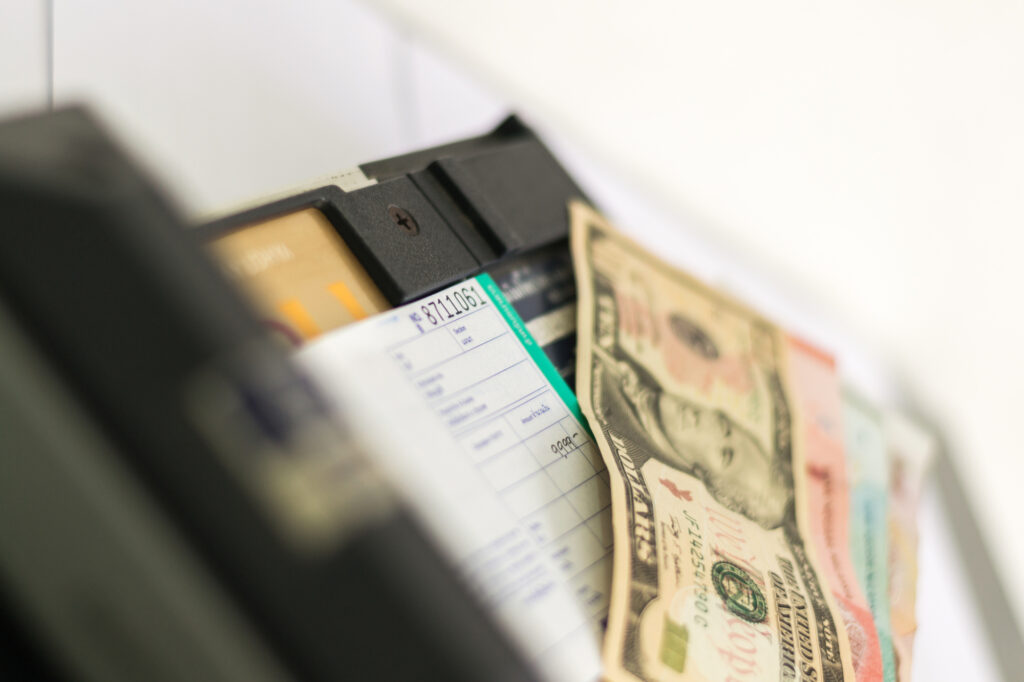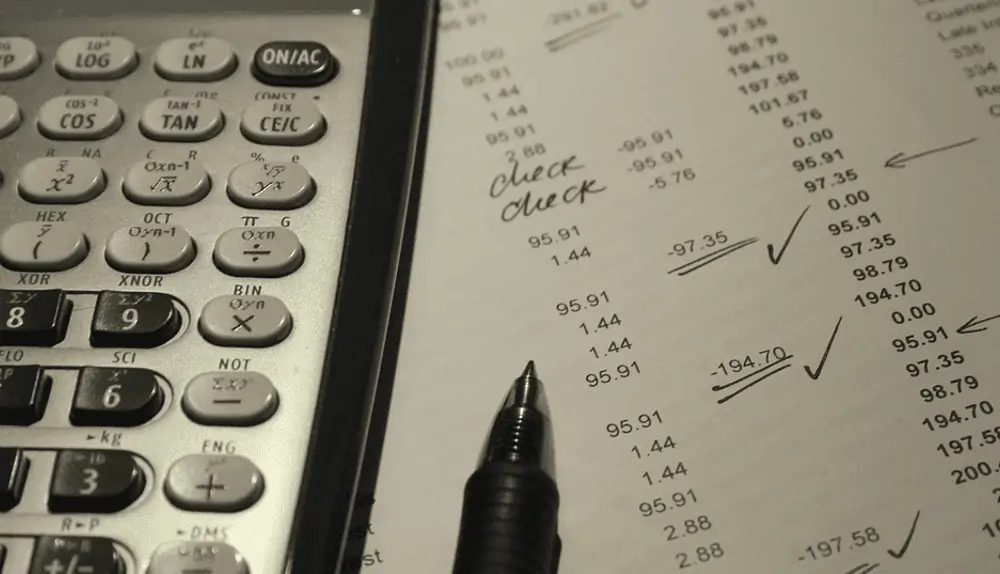Have you ever experienced a returned item charge on your bank account? This fee is assessed when you don’t have enough funds to pay a check, transfer, or another form of payment. In other words, you’ve overdrawn your account and are now paying the price. It’s a standard fee that can raise many questions and concerns.
This post will delve into the details of returned item charges and address your concerns. We’ll also provide tips on how to avoid paying these fees in the future.
What Is a Returned Item Fee?
Have you ever had a transaction declined or returned due to insufficient funds in your account? This is known as a returned item fee or nonsufficient funds (NSF) fee. It’s a charge assessed by your financial institution when there aren’t enough funds to complete the transaction. The average fee for a returned item is from $27 to $40.
Not only can returned item fees be costly for your business, but they can also harm your company’s reputation. To have a good credit score and avoid unnecessary expenses, it’s essential to learn how to prevent returned item fees and understand their impact on your business.
How Does Returned Item Fee Work?
Have you ever had a check or electronic payment declined or returned due to insufficient funds in your account? This happens when your bank attempts to clear the transaction, and your balance isn’t sufficient to cover it. If the transaction were a check, it would be considered a bounced check. The bank may then charge you an NSF.
It’s important to note that NSFs can also appear if a check or payment is presented to a frozen or closed account. To avoid these fees, keeping track of your account balance and ensuring you have enough funds for any outgoing transactions is essential.
Here’s an example: Imagine you have written a check to your supplier for a $500 purchase, but you forgot that your account balance was $300, and you don’t have overdraft protection. Then when your supplier tries to deposit the check at their bank, the bank will return it due to insufficient funds. As a result, your bank charges you an NSF for writing a check against a non-sufficient balance. This fee is often assessed as a penalty for failing to keep track of your account balance and insufficient funds to cover the check.
How Much is the Fee for a Returned Item?

In the United States, the cost of a returned item fee due to insufficient funds typically ranges from $27 to $40, although this amount may vary by bank. If you write more than one check that your account balance can’t cover, you’ll be charged an NSF for each one presented to the bank.
How Do Returned Item Fees Affect Your Company?
Company reputation
If a transaction is declined due to insufficient funds, it can lead to late payments and damage your relationships with vendors, suppliers, or clients. This is especially true if your company has a bad reputation for writing invalid checks.
To avoid this outcome, it’s essential to manage your account balance carefully and ensure that you have sufficient funds for the outgoing payments. Otherwise, you may find that other businesses are unwilling to work with your company in the future.
Reduced creditworthiness
Although returned items don’t directly affect your credit score, they can still indirectly impact your creditworthiness. For example, getting approved for a loan or credit card may be more challenging if you have many returned items.
Financial impact
Declined transactions and returned item fees can quickly add up, especially if you have many. Some banks may charge you multiple NSFs per day if several checks are returned. Keeping track of these fees and understanding how they may impact your budget is essential.
Difficulty opening a bank account
Bounced or returned checks don’t directly affect your credit score, but they can still impact your financial reputation. Many US banks use a report called ChexSystems to assess the risk level of a business.
If your banking history includes negative items such as returned checks, it may affect your ChexSystems report. A negative report could cause banks to reject your application to open an account.
Legal issues
In some cases, writing a check that’s returned due to insufficient funds can be considered a form of check fraud. Depending on the laws in your state and the circumstances of the returned check, you may face legal consequences for writing a bad check.
How to Avoid a Returned Item Fee?

Keep track of your account balance
One of the most effective ways to avoid nonsufficient fund fees is by checking your account balance and regularly tracking your spending. This will help you stay on top of your finances and avoid writing checks or making electronic payments that you can’t cover.
Set up overdraft protection
Some banks offer overdraft protection, which allows you to link another account or credit card to your bank account. If you overdraw your account, the bank automatically transfers funds from the linked account to cover the shortage. This can help you avoid NSF fees and the inconvenience of declined transactions.
Use budgeting tools
Many budgeting tools and apps can help you track your spending and stay on top of your finances. Using these tools, you can better understand your income and expenses and avoid overspending or writing checks you can’t cover.
Set up alerts
Many banks offer alerts that can help you stay on top of your account balance. For example, you may be able to set up an alert to send you a notification when your account balance falls below a certain amount or when a significant transaction is processed. These alerts can help you avoid NSF fees by alerting you when to transfer funds or take other actions to prevent an overdraft.
Consider a line of credit
If you’re worried about having enough funds to cover unexpected expenses, you may want to consider setting up a line of credit. This can provide backup funds if you need to cover an unexpected cost or avoid an overdraft.
Can You Get a Refund on Returned Item Fee?
Did you know you can request a refund for a returned item fee? If you’ve been a customer of a financial institution for a while and this is your first returned item fee, you may be able to contact the bank and ask for a refund. The bank may see you as a loyal customer they don’t want to lose, so they may agree to refund the fee.
However, it’s important to note that this is entirely up to the bank, and they may be less likely to grant a refund if NSF fees become a pattern. They may even decline your first request for a refund. It’s worth a try, but it’s always best to avoid returned item fees whenever possible.
Overdraft Fees vs. Returned Item Fees
The bank assesses a returned item fee when it declines a financial transaction due to insufficient funds in your account, resulting in a bounced check or returned payment. On the other hand, an overdraft fee is charged when your bank approves a transaction, even though your account balance is insufficient to cover it and covers the costs temporarily.
This means the transaction will be processed, resulting in a negative account balance. Essentially, a returned item fee is charged when a transaction is declined due to insufficient funds, while an overdraft fee is charged when the bank covers the shortage and allows the transaction to go through. Understanding the difference between these two fees can help you better manage your finances and avoid unnecessary charges.
Conclusion
Returned item fees, also known as nonsufficient funds (NSF) fees, are charges financial institutions assess when a check, electronic payment, or other transaction is declined or returned due to insufficient funds in the account. These fees can be costly and have a variety of negative impacts on your business, including financial costs, damage to reputation, difficulty opening a bank account, reduced creditworthiness, etc.
To avoid these fees, we recommend following the tips we provided. By following them, you can reduce the risk of incurring returned item fees and maintain the financial health of your business.

